In the first of its kind media conference, organised by the Indian Broadcasting Foundation (IBF), almost all the bosses of major Indian broadcasters gathered under the same roof today, 10 January 2020, to express disappointment and discuss the ‘Challenges and Opportunities’ brought upon the industry by the recent amendments to the New Tariff Order (NTO) by The Telecom Regulatory Authority of India (TRAI).
Announced on 1 January, the NTO 2.0 came as a shock to most of them involved in the media and entertainment (M&E) business as TRAI introduced fresh changes to the tariff order by lowering the maximum ceiling on the price of TV channels to Rs 12, against the earlier price of Rs 19 (as per NTO 1 in February 2019), besides a bunch of other regulations.
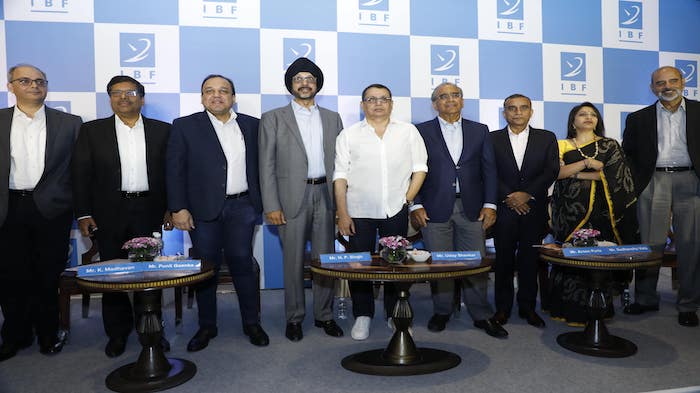
NTO 1.0 had its effects too and brought about far reaching changes to the way pricing of pay channels was managed and the broadcasting industry was apprehensive about the magnitude of changes. Comments IBF president and Sony Pictures Networks MD and CEO N P Singh, “We supported the move with the best of our abilities. The collective cost to the broadcasters was well over Rs. 1,000 crores in just communicating the changes to the consumers. Even with that, there was an overall loss of 12-15 million subscribers in the process. All stakeholders, most of all our consumers, went through considerable inconvenience during the transition period. Even as the new amendments of NTO 2.0, attempt to make further disruptive changes in an industry already grappling with the paradigm shift to an MRP based pricing regime.”
The new order is expected to disrupt the subscription revenues monetisation models of broadcasters, cable operators and DTH players. Broadcasters are of opinion that by the arbitrary slashing down of MRP cap by almost 40 per cent for channels to be part of a bouquet, without any logical rationale or consumer insight, will not help in lowering cable bills. In fact, for the first time they acknowledged that the first tariff order increased cable bills for consumers, and even led to a drop of nearly two crore subscribers.
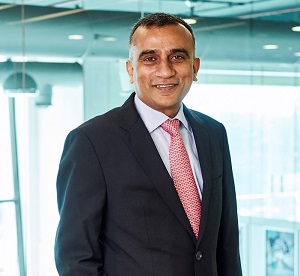
Comments Viacom18 Group CEO & MD and IBF vice president Sudhanshu Vats, “The objective of NTO 1 was first – to give choice to consumers, second – to bring transparency and third – to reduce litigation. While only the first two have happened, it’s too early to talk about the third. Statistically, overall 94 per cent of Indians are aware of the NTO and the choices they have because of the efforts made by the broadcast industry collectively. The month on month churn in industry shows that people are continuously fine-tuning their choices. The other objective of NTO was transparency which it has also brought in. The question therefore, is “What is the fundamental need to change again? In my opinion there was no need. India is a heterogeneous country with different choices and abilities to pay. In every sector there is a wide spectrum and that needs to play out more in Indian media as well. This push for consistency shouldn’t come in the way of the industry’s and economy’s growth. In the M&E industry there is a lot of dynamism and flux and hence the broadcast sector needs to be able to settle down. If there has to be any change we need to allow for enough time for its implementation and also changes shouldn’t be suggested so frequently.”
Channel pricing is related to the quality and cost of content being offered, which the regulator appears to consistently ignore. In a competitive and free market like broadcast, channel pricing should be determined through open market forces rather than through the arbitrary fixing of caps without any fundamental basis.
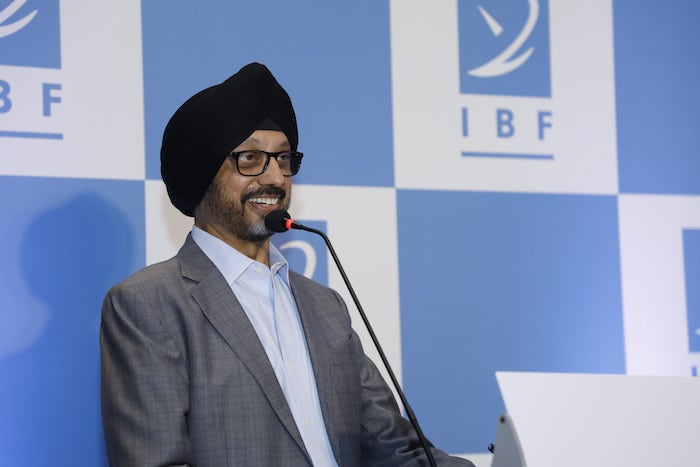
Adds Singh, “In the current NTO, if a consumer is paying Rs. 275 a month as his bill, 60 per cent goes to the distribution platforms, 15 per cent towards taxes and only about 25 per cent comes to pay broadcasters. And this is when it’s the broadcasters who are creating the content, investing in talent and capability, and taking all the risks related to content development. Any research highlighting drop in monthly bills with the new changes are premature, and the bills will in fact go up.”
Questioned The Walt Disney Company APAC president and The Walt Disney Company India and Star India chairman Uday Shankar, “If TRAI is so concerned in bringing down the price for the consumer then why has it allowed the cable operators, distributors to charge as much as Rs 160, in the name of network capacity fee (NCF), for something the free dish is giving for free? The same channels are available for free on Freedish. The contradiction is ludicrous. I can’t remember in the last seven eight years when the whole body of IBF has come to address the press. Last time, as I remember clearly IBF came in front of the media to address a very constructive cause back in 2010-11, when we were working with the government on the process of cable digitisation. So you can imagine the disruptive significance of the initiative taken by TRAI, that has forced all of us to come together and talk to you directly. So understand the seriousness of the disruptiveness and how troubled we are. In less than a year two tariff amendments have been done. It doesn’t make sense. If a thoughtful collaborative exercise was done last year, where is the need to bring NTO 2.0. This just shows the dust exerciser was not well thought through. The earlier NTO wasn’t allowed enough time to settle down. Despite the shortcomings, it was taking off the ground pretty well. It was moving in the right direction and now it’s again reset to zero.”
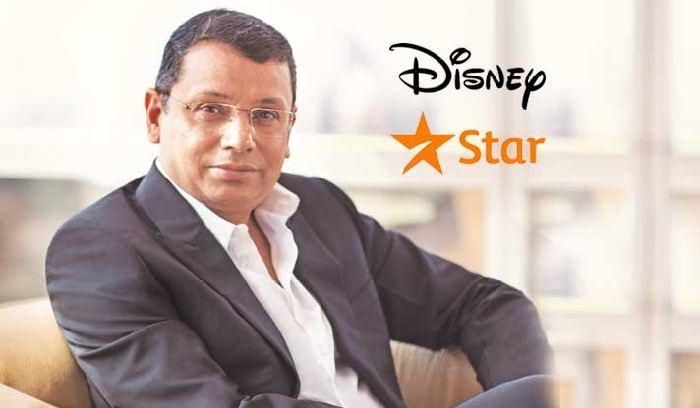
The veterans pointed out that such trigger-happy regulatory interventions at a very fundamental level at smaller intervals is clearly not good or beneficial for the industry, as the regulator doesn’t seem to care about the part of its job is to create an enabling framework for the industry to grow and all stakeholders to benefit and all consumers to get best range of content. Similarly, TRAI has also categorised on a number of unwanted channels or smaller channels will suffer and probably might cease to exist over the time.
Taking a swing at that, Singh tells AnimationXpress, “Who’s TRAI to say what’s unwanted and smaller channels? We have viewers for those channels right. It’s for the consumer to decide that a channel is unwanted for him/her, or what kind of content they want to watch and pay for. Neither our [broadcasters’] decision nor DPO’s decision, nor the regulator’s decision. It’s absurd so I don’t like the terminology. For the kids and niche sector too, we spend a lot of money on the channels and content in the hope that the target audience and consumer will like them and we’ll earn more revenue from advertising and subscription. If the revenue drops, to manage our business, we will cut down on the cost which will hamper the quality and businesses will suffer and so will the consumer as it’s per their interest.”
Currently, popular Hindi general entertainment SD channels such as – &TV, Colors, Star Plus, among others are priced at Rs 12. Moreover, the price of HD channels hasn’t been finalised and remains unclear. For example, HD channels such as &TV HD, Colors HD, Sony SAB HD among others are priced at Rs 19. The reduction in a-la-carte rates will force broadcasters to take a Rs 7 cut in price.
“The regulation has tried to govern everything that a competitive market working with multiple content creators, where the consumer interest is protected by design,” Zee Entertainment Enterprises Limited MD & CEO Punit Goenka noted. As per industry data, post the rollout NTO, last year, the average revenue per user had increased to Rs 271, per month from the earlier Rs 220 per month. For broadcasters, the rollout of the new tariff order would result in a 35% drop in revenue. Currently, there are 209 million TV households in the country. Of these 33 million TV households are DD owned FreeDish subscribers. This leaves the country with a total of 176 million TV households.
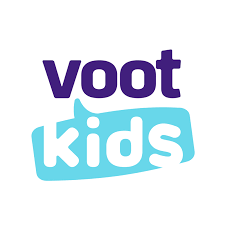 Talking about its effect on the kids and OTT sector, Vats mentions to AnimationXpress, “I don’t want to predict the future, it’s still too early to find the right solution. But the kids channels are very popular so i think the consumers’ pull for them will always remain. I think we’ll see and figure out solutions as we go forward. For the OTT sector, it’s independendent and growing on its own. I think both Voot and Voot Kids will continue to see impressive growth as it’s now. India is a country with the appetite for both linear television and streaming services, both have their own momentum and both of them will continue to grow. And it’s too early to comment on how this new order is going to affect the overall price models for broadcasters.”
Talking about its effect on the kids and OTT sector, Vats mentions to AnimationXpress, “I don’t want to predict the future, it’s still too early to find the right solution. But the kids channels are very popular so i think the consumers’ pull for them will always remain. I think we’ll see and figure out solutions as we go forward. For the OTT sector, it’s independendent and growing on its own. I think both Voot and Voot Kids will continue to see impressive growth as it’s now. India is a country with the appetite for both linear television and streaming services, both have their own momentum and both of them will continue to grow. And it’s too early to comment on how this new order is going to affect the overall price models for broadcasters.”
According to industry estimates, about Rs 25,000 crore is collected as a network capacity fee (NCF) per month. Further, the distribution platform owner will also earn a 20 per cent commission from a broadcaster, per subscriber. Furthermore, of that Rs 25,000 crore which is collected as NCF, about 70 that is Rs 19,600 crore is paid to local cable operators (LCOs), which leaves the DPOs per cent with the rest of the amount. It is believed that the DPOS another Rs, 1,000 crore – Rs 2,000 crore as carriage fee, per month.
As per IBF, these amendments will severely impair broadcasters’ ability to compete with other unregulated platforms and adversely affect the viability of the pay-TV industry.
